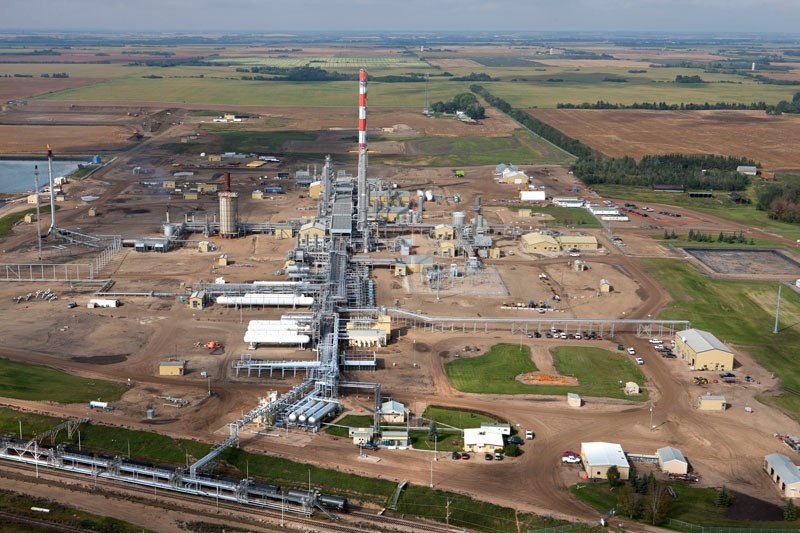Sturgeon County won’t be getting a new propylene plant after all, but Mayor Don Rigney says the county should still benefit since that plant is being built next door in Strathcona.
Williams Energy Canada announced last week that it had decided to build its proposed propane de-hydrogenation plant in Strathcona County, rather than in Sturgeon County as suggested last summer.
The $900-million plant, when built, will be the first of its kind in Canada, and will transform propane into propylene – a colourless, odourless gas that’s used to make polypropylene plastic.
It will also be hooked directly to Williams’ current operations at Redwater, said company president David Chappell. “The propane will come from Redwater over to the (Strathcona) site,” he said, and various byproducts from the Strathcona site will be sent back to Redwater for further processing.
Williams is very happy doing business with Sturgeon, Chappell said, explaining why his company decided to put its new plant in Strathcona, and knew the new plant had to be near its Redwater operations. It came down to a matter of land values, utility costs and rail access.
Those rails were a key factor in Williams’ decision, said Sturgeon County Mayor Don Rigney. “They’re going to move a billion to a billion-and-a-half pounds (of propylene) to the Gulf Coast by rail,” he said, which means they need rail capacity. Sturgeon County has a Canadian National rail line, but Strathcona has both a CN and a Canadian Pacific one.
Still, Rigney was upbeat about the announcement. “I’ve been working for 30 years to get a propane, propylene or polypropylene facility” in the region, he said, and the construction of one here should help Alberta get more value out of its natural resources. “It’s great for the region, it’s great for Alberta, and it’s great for Canada.”
Propylene is the first step in a value chain that leads to propylene glycol (used to de-ice airplanes) and polypropylene – the kind of plastic used in Tupperware, notes Neil Shelly, executive director of the Alberta Industrial Heartland Association.
While Alberta and Strathcona have previously produced plastic, Shelly said, those plastics were based on ethane (i.e. polyethylene, used in bags and bottles), not propane. “This is a whole new product line in Alberta.” American companies are already saying they might build plastic plants in the heartland region to make use of this new source of propylene, he added.
Williams plans to produce about 500 kilotonnes of polymer-grade propylene a year at its new site, Chappell said – equivalent in mass to about 2,762 blue whales (the Gazette estimates), and enough, when combined with what they’re already making at the Redwater site, to support one of the biggest plastic plants in the world. They’ve also picked a platinum-catalyst-based technology that uses slightly less water and energy than other dehydrogenation methods.
The plant should create 70 permanent jobs and up to 500 construction ones, Chappell said. “The big picture here is value-added in the province,” he said. “This is going from propane to propylene. It’s almost four times the value.”
The plant will also produce a fair amount of hydrogen, Chappell added, which could be of use to local bitumen upgraders.
A $900-million investment is pretty big for the region, said Aaron Latimer, manager of investment attraction for the City of St. Albert, and could have spinoff benefits for this city. “We’d expect to see some incremental spending in the retail and hospitality sector,” he said, especially during construction.
Chappell said the plant should be operational by mid-2016 pending regulatory approval.




